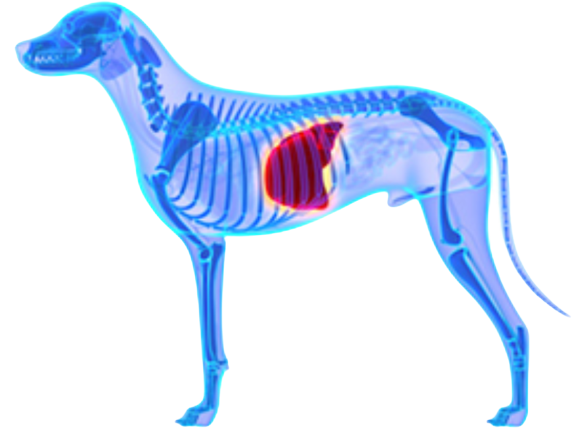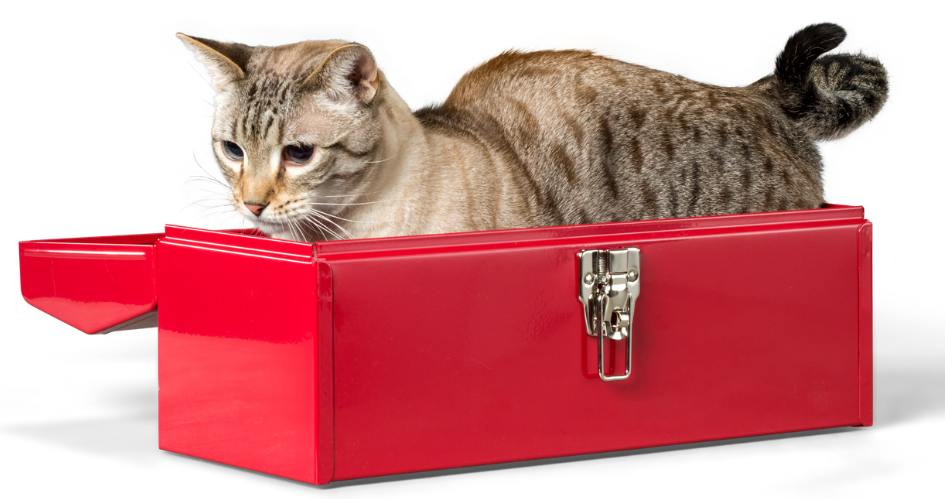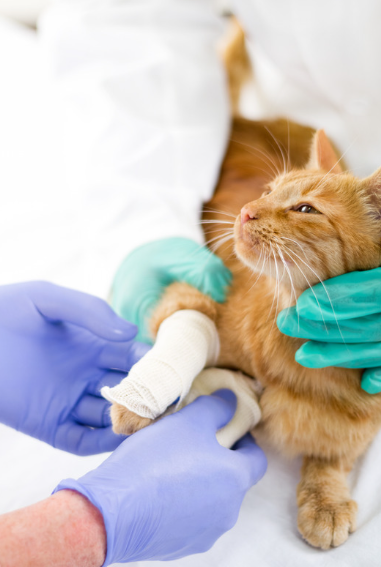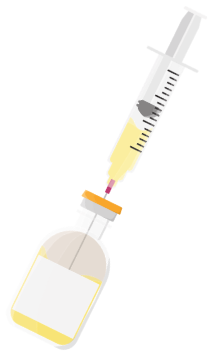
Liver Disease
What is it & what causes it
The liver is responsible for many metabolic reactions in the body including the processing of protein and glucose from food, the removal of waste products and toxins from the body, the metabolism of drugs and the production of factors needed for blood clotting. The liver is closely associated with the gall bladder and often disease will also affect the gall bladder.
Liver disease can refer to many issues including inflammation, metabolic changes, injury, infection and cancer. To find the exact cause, your vet may recommend testing such as blood tests, imaging or sample collection. In some cases, the exact cause may not be determined and so response to medication may be monitored instead.
What are the signs?
Due to the wide range of problems that can cause liver disease, the signs can vary. These often will include:
- lethargy
- vomiting & diarrhoea
- weight loss
- reduced appetite
- yellow/orange colour (jaundice) of the skin, gums, the white of the eyes or in the faeces or urine.

What is the prognosis?
The liver is a huge capacity to regenerate and so often cases may make a full recovery. However, in some cases this may not be possible depending on the nature of the underlying problem.
Animals may require long term medication and supplementation to help their liver as much as we can.

What is the treatment?
Treatments such as liver supplements, drugs to stimulate the flow of bile, antibiotics if infection is suspected, gut protectants, appetite stimulants and anti-nausea medications may be used.
Sometimes specific treatment such as surgery may be necessary but often only supportive treatment is required.
A special liver diet may be recommended in some cases.
In cats, not eating can lead to a condition called fatty liver disease. Therefore a feeding tube may be recommended to ensure food intake and ddministration of medications.
Regular monitoring by the vet is essential in liver cases, so please follow the advice given.
Related Blogs




